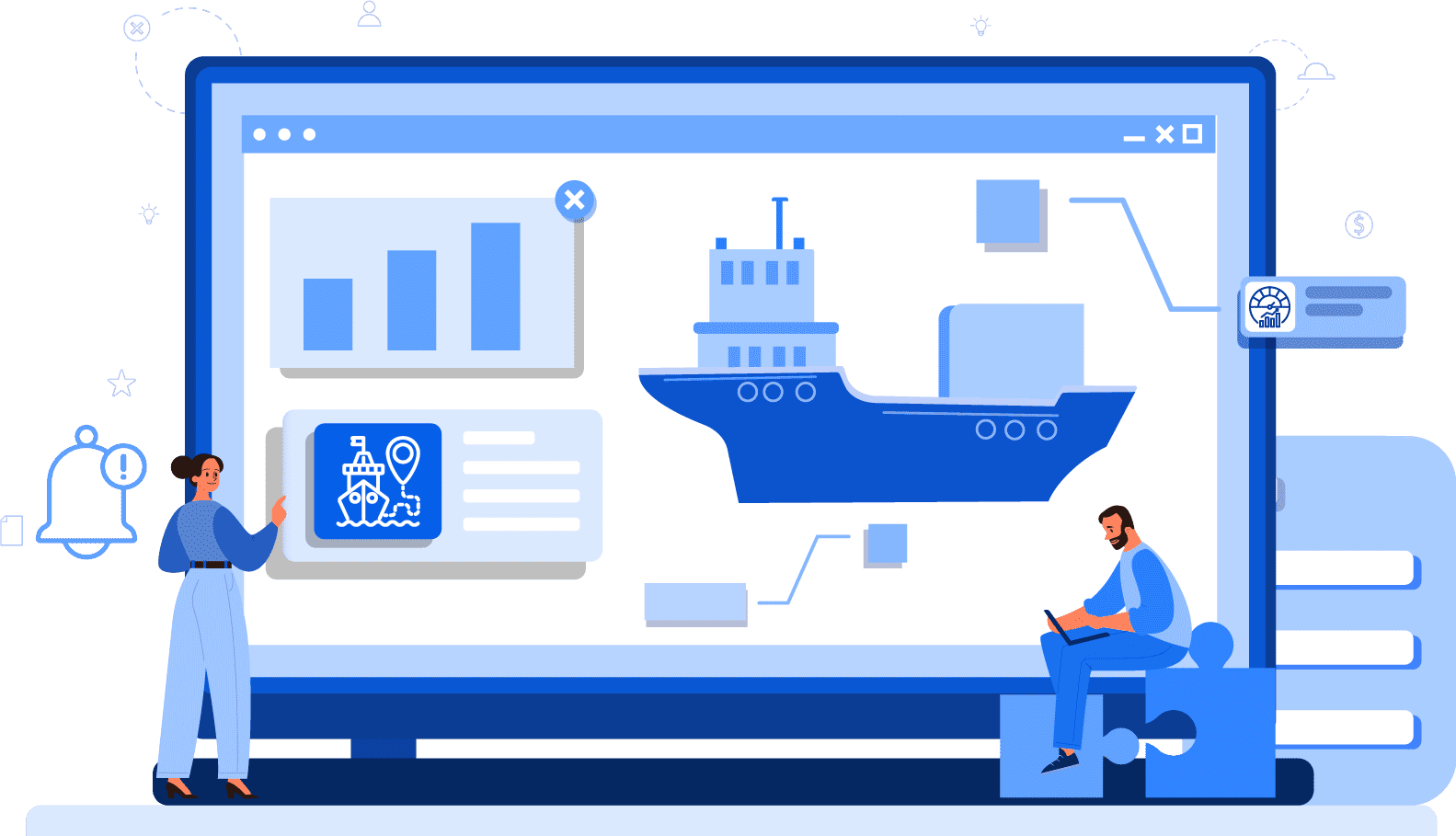Marine Management Software Market Insights, Demand, and Analysis | 2030

The global Marine Management Software market is a theater of intense and highly specialized competition, where a diverse array of vendors are vying to become the core operational and strategic platform for the world's shipping companies. This rivalry is fueled by the market's strong growth prospects and the enormous strategic value that a modern, data-driven software platform can deliver in an industry facing immense pressure to improve efficiency and environmental performance. The nature of the Marine Management Software Market Competition is fundamentally a clash between different product philosophies and business models. It pits the deep, specialized functionality of best-of-breed, pure-play vendors against the broad, integrated hardware-software ecosystems of the major maritime industrial giants. This central competitive dynamic creates a complex and challenging environment where vendors must constantly innovate on their products, demonstrate a deep understanding of maritime operations, and provide exceptional global support to win and retain the trust of a conservative yet rapidly digitalizing industry.
The competitive strategy of the best-of-breed specialists, such as Veson Nautical or BASSnet, is to differentiate through superior, purpose-built functionality that addresses the specific, complex workflows of their target users. For example, a vendor specializing in commercial management will compete on the sophistication of its chartering, vessel scheduling, and freight calculation modules. A vendor specializing in technical management will compete on the depth of its planned maintenance system (PMS), procurement, and safety management (HSQE) features. Their go-to-market strategy is highly focused, targeting specific roles within a shipping company (like the chartering desk or the technical superintendent) with a value proposition centered on improving their specific day-to-day efficiency and decision-making. By being the undisputed expert in a particular domain, they build strong user loyalty and a reputation for excellence that can be difficult for more generalist providers to match.
In stark contrast, the competitive strategy of the major industrial players, such as Kongsberg and Wärtsilä, is centered on the power of their integrated ecosystem. Their primary competitive advantage is their ability to offer a complete "smart ship" solution where the software is deeply integrated with the hardware they also provide, such as engines, navigation systems, and automation platforms. This eliminates the integration challenges and data silos that can arise from using a multi-vendor approach. Their value proposition is compelling: a seamless flow of data from the engine room to the bridge and to the shoreside office, providing a single, holistic view of the vessel's health and performance. They compete by leveraging their massive installed base of hardware, their global service network, and their ability to sell software as part of a larger, newbuild or retrofit project. The Marine Management Software Market size is projected to grow USD 3.94 Billion by 2030, exhibiting a CAGR of 10.64% during the forecast period 2024 - 2030. The future of competition will likely see a continued tension between these two approaches, with the ultimate winners being those who can offer both deep functionality and open, easy-to-integrate platforms.
Top Trending Reports -
- Art
- Causes
- Crafts
- Dance
- Drinks
- Film
- Fitness
- Food
- Παιχνίδια
- Gardening
- Health
- Κεντρική Σελίδα
- Literature
- Music
- Networking
- άλλο
- Party
- Religion
- Shopping
- Sports
- Theater
- Wellness


